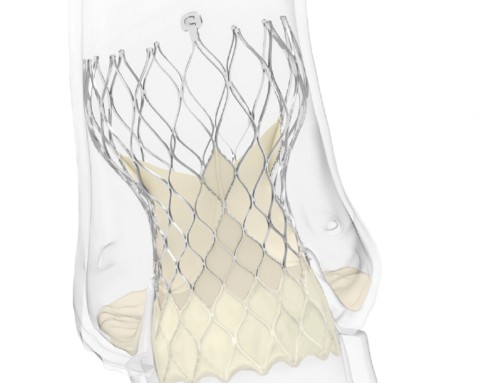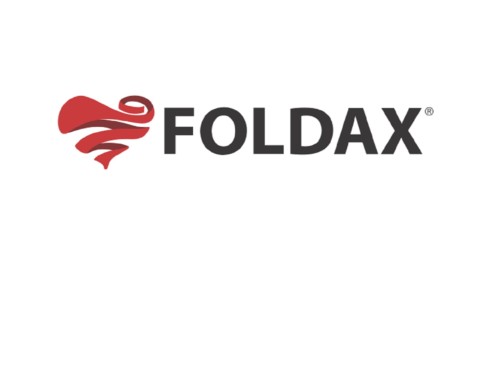
Richard Houlihan
For those involved in the MedTech industry, unless you have been living under a rock, you will know about the new European medical device regulation (MDR). Furthermore, you will know that Eudamed is at the core of the MDR. However, to recap, MDR-Eudamed is where specific medical device economic operators must register and provide specific data relating to their products. This release of MDR-Eudamed represents the third version of the European medical device databank. At present, Eudamed 2 is associated with the directives and accessed only by the European Commission (EC) and EC member state competent authorities.
MDR-Eudamed was due to go live on March 2020; however, because of delays in creating the system, last month (October 2019), the EU postponed launching the databank until May 2022. Importantly, regardless of the delay to the databank, MDR becomes applicable on 26 May 2020 and IVDR—the in-vitro device regulations—come into force 26 May 2022.
MDR data requirements are far more complex than the previous directive requirements, with far more rigorous oversight, rules, and reporting requirements. For MDR-Eudamed, manufacturers and other economic operations are obliged to submit more complex device related data to MDR-Eudamed.
This complexity and data requirements have been causing the industry problems. Feedback received during our MDR-Eudamed training sessions, run by Eudamed.eu (a private company supporting the MedTech industry), has shown how companies are severely underestimating the MDR-Eudamed complexities.
The preparation by the industry has been mixed, with companies falling into one of three groups: the first group are comprised of companies that have been proactive, powering ahead with their projects to prepare data for submission to the EC; the second group are the companies who have played a waiting game, trying to see what happens with the EC and wondering if it will actually go live; and the third group of companies have not started their data preparation projects because they believe the submissions have the same complexity as with the FDA—a real underestimation of the work ahead. Therefore, companies in the second and third groups were unlikely to have been ready by March 2020. For them, the delay is a real gift.
The companies in groups two and three now need to collate their data into one source, in most cases pulling data from multiple sources and departments within their companies. This collation exercise is not a small task. Eudamed.eu has a spreadsheet template available to help with the management of this data. After companies have collated their data, companies need to prepare their IT systems to take the data, validate it against the EC rules, and convert it into the EC required XML format. Even after they have completed the data preparation, companies need a mechanism—manual or automated—to submit their data to the EC and, most importantly, to manage the notifications and acknowledgements returned by the EC. None of these processes are easy, all of it is complex, time consuming and require great understanding from both the business and IT sides. It is a change management project where everyone needs to understand the complexities, data flows and terminology of MDR-Eudamed.
Thus, this gift of time should not be wasted; companies should not sit back and think they can relax because they have more time. Worldwide, there is a shortage of quality, competent, and capable IT resources for these type of projects. Many companies exist and are advising the MedTech industry on how they should prepare their data; however, very few companies actually have the competencies to implement what the companies need.
Going forward, MedTech companies should use this extra time to educate themselves on the requirements, complexities, and what data will be public. Companies will then understand MDR-Eudamed enough to ask the correct questions and not be confused by the many IT advisors and master data management companies. They should push ahead with their projects and so that when MDR-Eudamed goes live, the collection and management of the MDR Eudamed data will be second nature.
Richard Houlihan is an international keynote speaker on Eudamed. He is the CEO of Eudamed.eu, a company in a unique position to help the MedTech industry with their Eudamed preparation, training, and support. This unique position is because of Richard’s direct involvement with MDR Eudamed within European Commission. The company provides several MDR Eudamed related services Data preparation software, Training, Support, and Consultancy.





